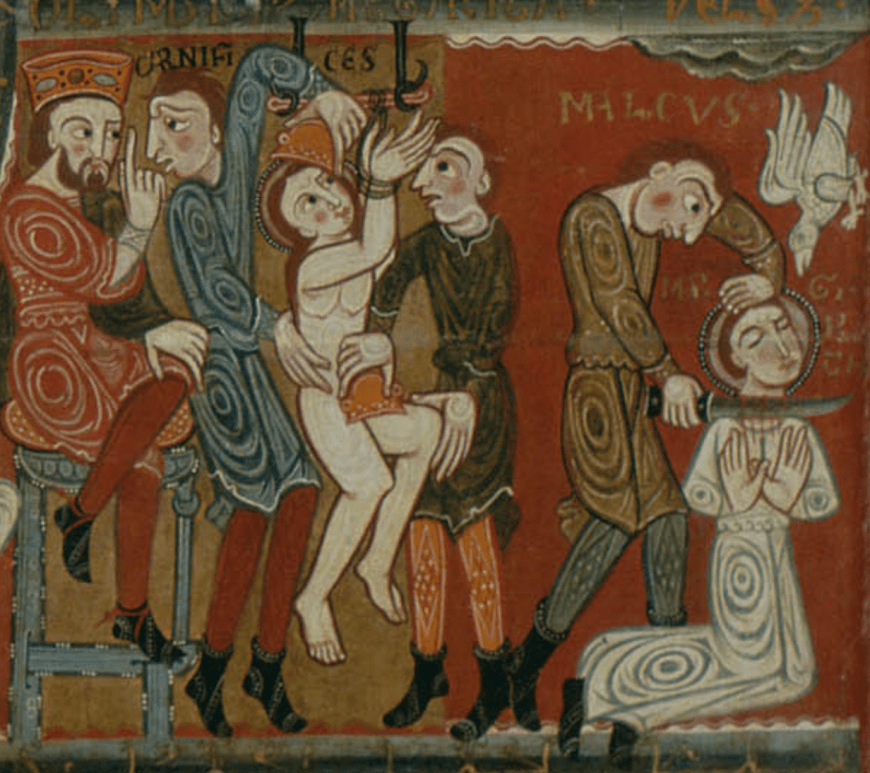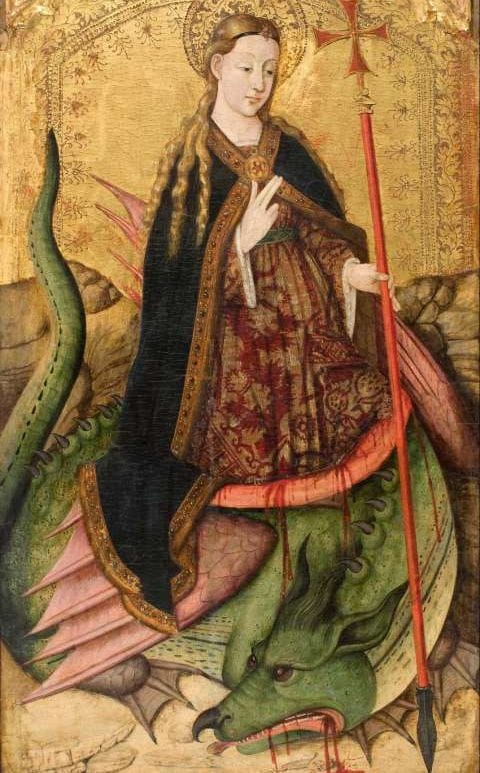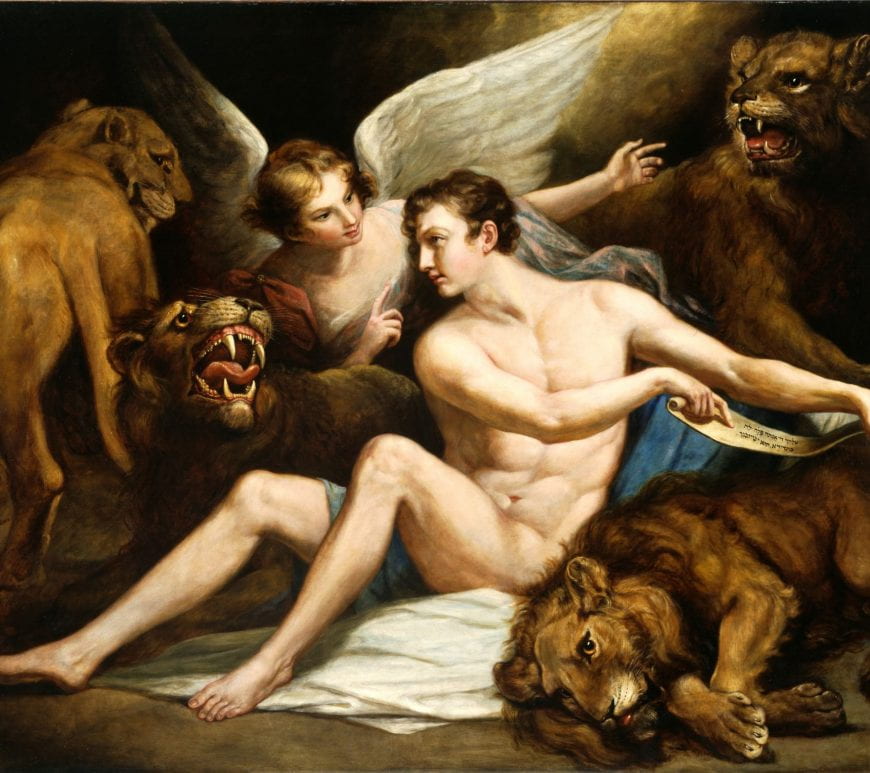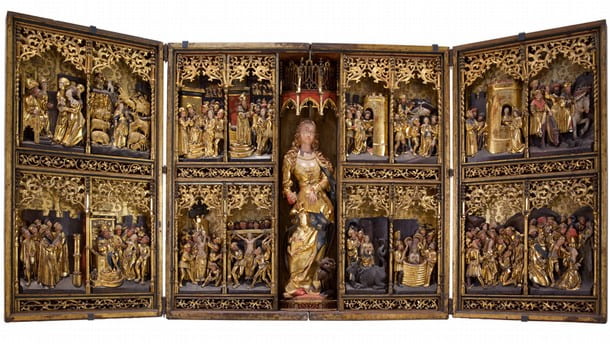
Death, Where Is Your Victory? A Medieval Christian Perspective on Glory and Suffering in the Life of St. Margaret
The Old English Life of Saint Margaret ends, as the title might suggest, with the protagonist St. Margaret’s death. After Margaret is killed, angels “come over the body of the holy Margaret and bless it,” singing, “‘Holy, holy, holy, Lord God, glorious King of hosts, heaven and earth are full of your glory.’” At first glance, this concluding moment may seem strange or confusing. Margaret, who has just slain a…





